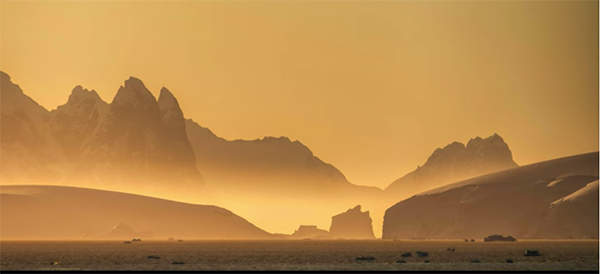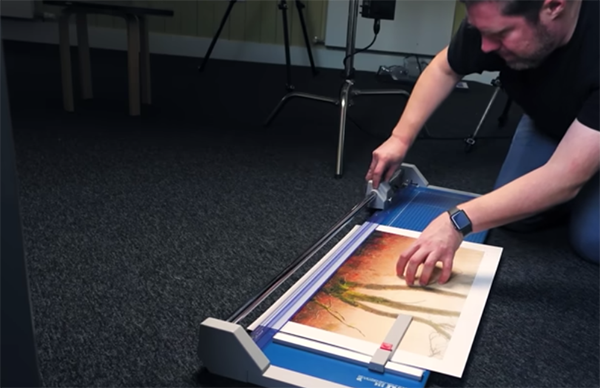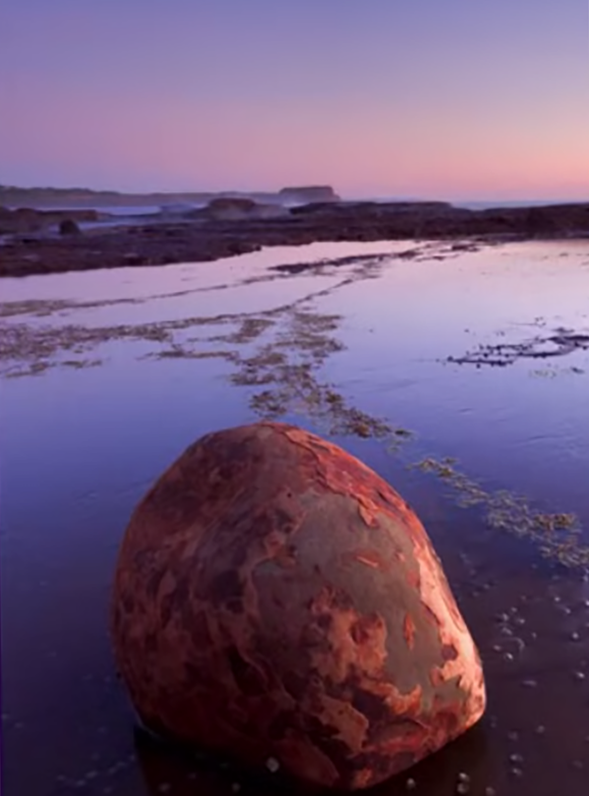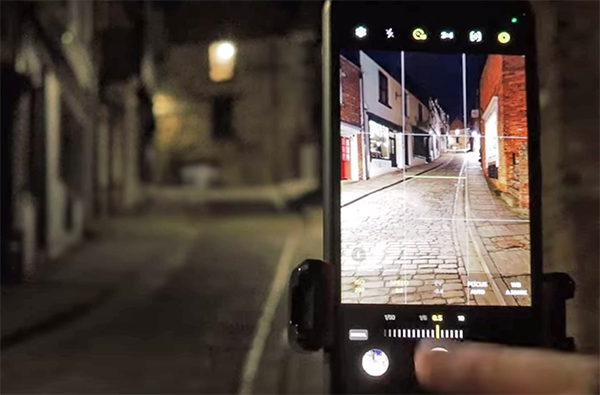TIGHT CROPS: When, Why & How to Use Them for Epic Landscape Photos (VIDEO)
Today’s interesting tutorial with pro Scott Davenport demonstrates how strategic cropping can dramatically enhance the impact of landscape images when less-than-ideal composition compromises the impact of a beautiful scene. As he says, “a tight crop can remove distractions and direct the viewer’s attention straight to the most important part of an image.”
Davenport is a very accomplished shooter whose portfolio is full of outstanding landscape, nature, and seascape imagery. This episode is powerful but brief because he demonstrates the concept of tight cropping with a single image that provides the only inspiration you need to dig through your files and apply the technique to significantly improve photos that you captured in the past.
The sample image is beautifully lit, with gorgeous colors and appropriate focus. Unfortunately, there’s too much dead space in the top of the frame. This framing might work great for a book cover but for other standard purposes, well, not so much. But watch what happens when Davenport changes the aspect ratio to eliminate unnecessary details to enhance emotion and storytelling.

In other words, a tighter crop will help define the message of a photo by accentuating subtleties like the soft glow of sunlit mist or silky fingers of water that might otherwise be lost in a larger frame. Or as Davenport puts it, “By homing in on such elements, landscape photographers can craft more intimate, compelling images that draw views in and make a lasting impression.”
There’ no need for us to summarize the lesson further because Davenport illustrates everything you need to understand in barely two minutes. If you’re interested in the gear he prefers, there’s a complete list in the description beneath the video. Bottom line: Forget about adhering to standard aspect ratios, and crop to your heart’s content.

There are many more straightforward shooting and post-processing how-to videos on Davenports popular YouTube channel, so be sure to pay a visit when you have time to explore.
And on a related note, be sure to watch the tutorial we featured recently in which notable a British outdoor shooter demonstrates how he creates artistic landscape photographs by removing the horizon line during post processing.











